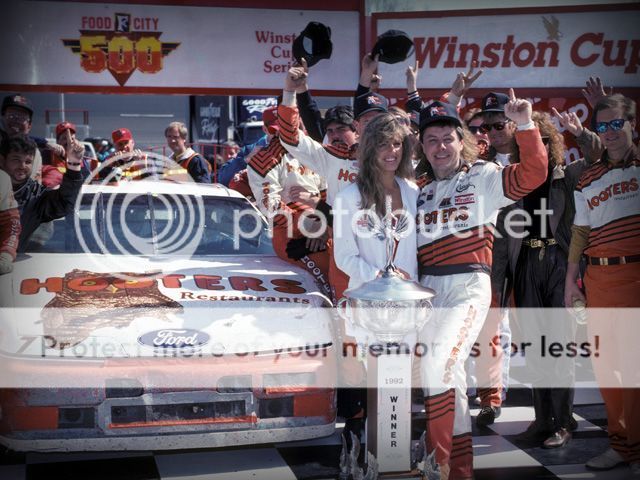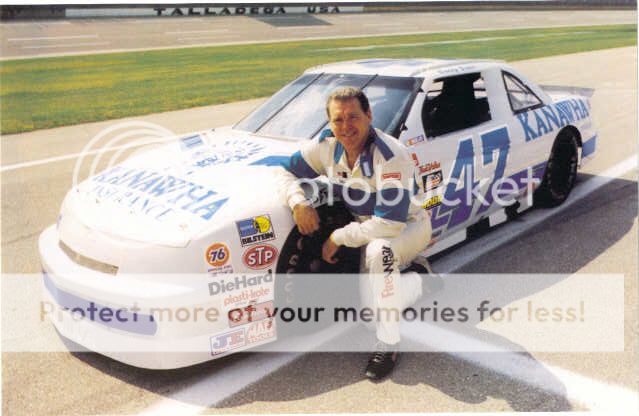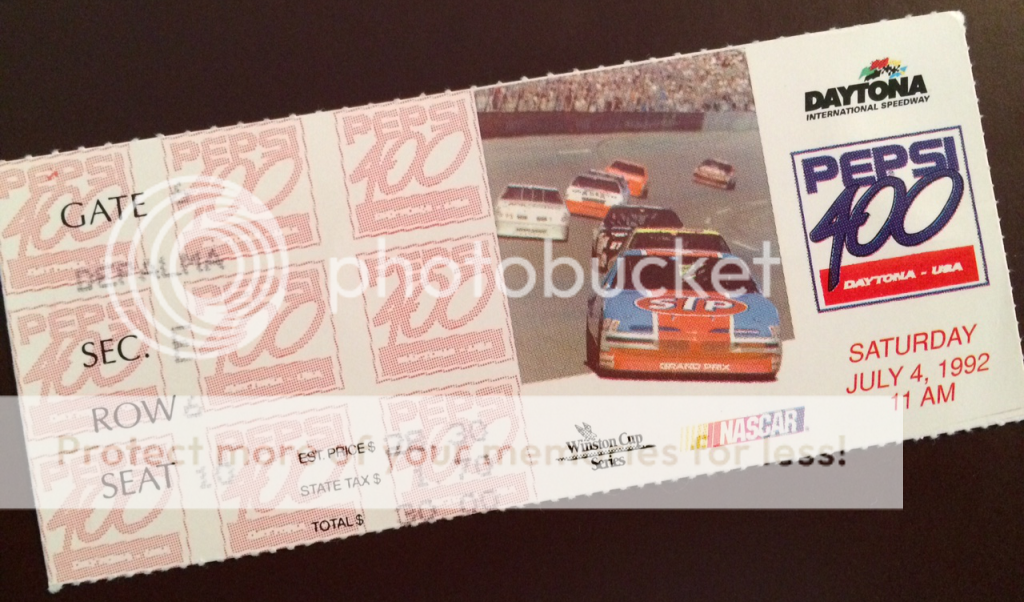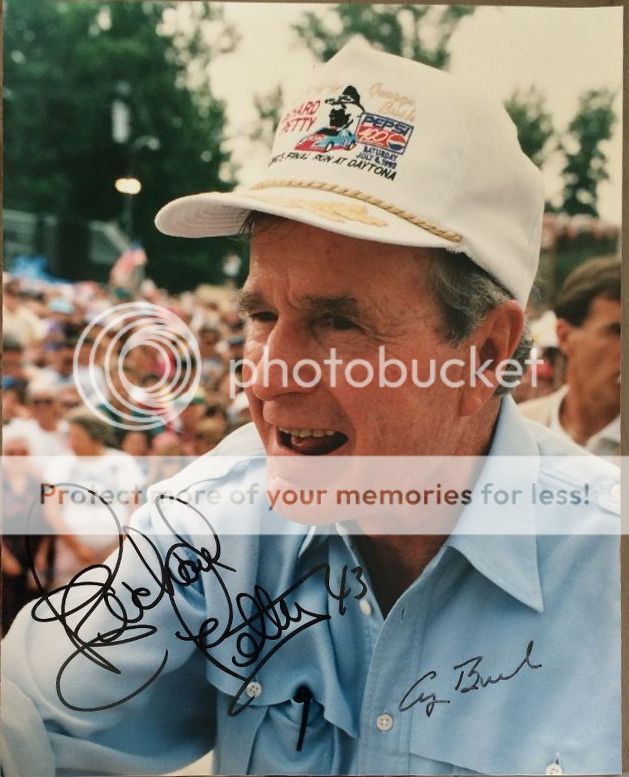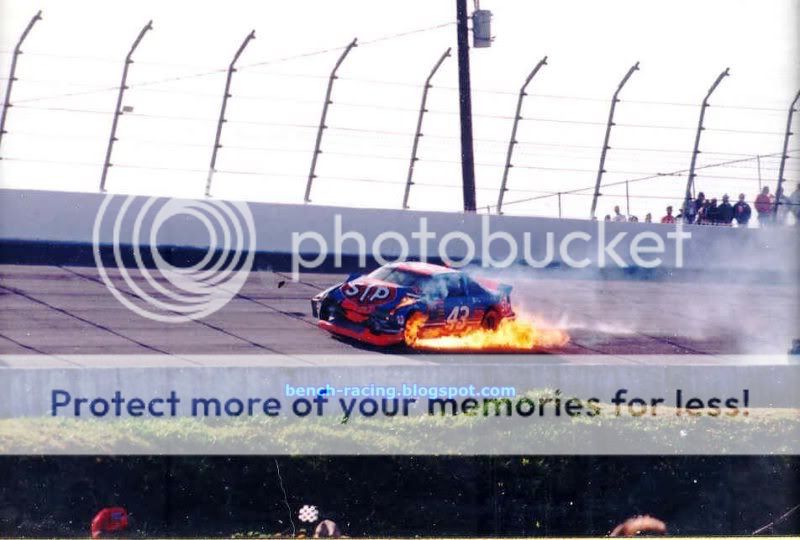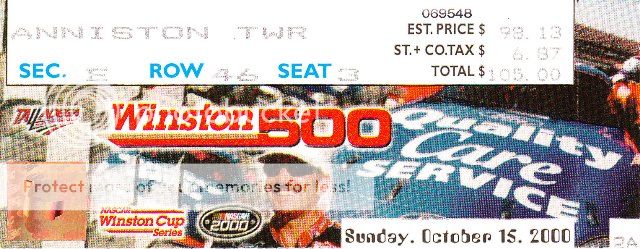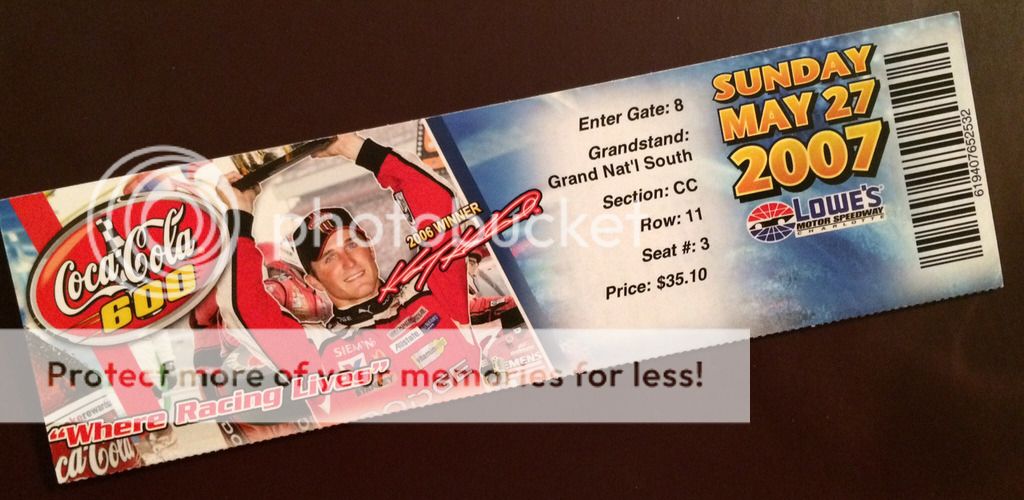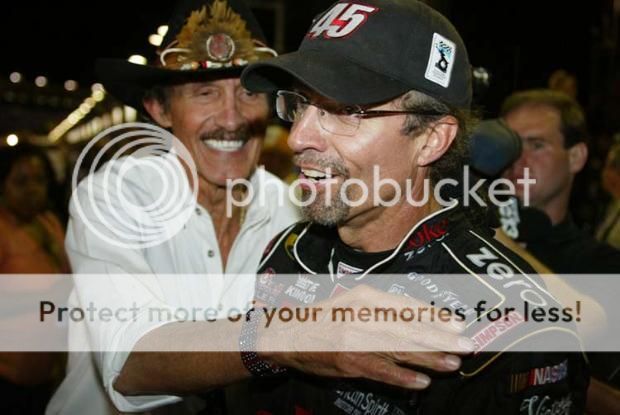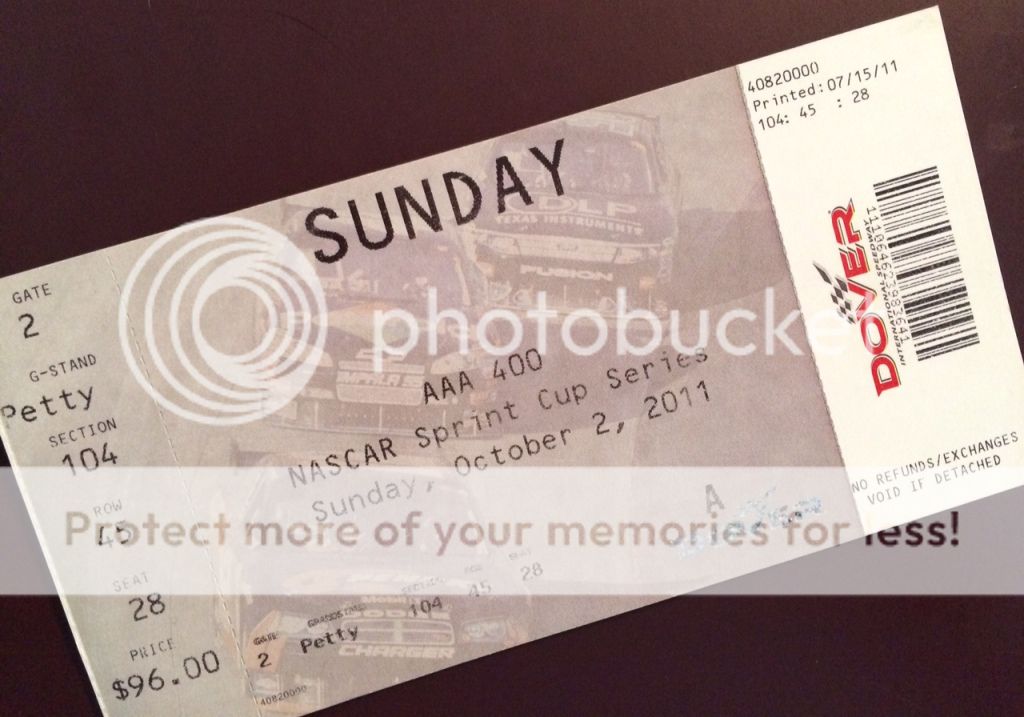In September 1958, Lee Petty had a pretty comfortable points lead as he headed towards his second Grand National title.
Bob Welborn had the same situation in NASCAR's convertible division. He was on pace to snag his third consecutive convertible title - but his first with car owner Julian Petty, Lee's brother.
Martinsville was scheduled to host a GN and convertible sweepstakes race on September 21, 1958.
Qualifying was held, and Glen Wood in a convertible edged out Lee Petty in his Oldsmobile hard top for the quickest time.
Sunday's race was rained out, however, and rescheduled for October. Welborn had qualified Julian's convertible in September. His time along with those of the other qualifiers were carried forward to the rescheduled October date.
 |
| Source: Spartanburg Herald via Google News Archive |
When the teams returned in October, Welborn didn't race Julian’s #49 Chevy. Instead, he raced a #2 Petty Engineering Olds convertible.
Though the qualifying times carried over from September, the starting line-up was set by finishes in two 50-lap qualifying heats. Wood won his heat race for the convertibles, and Speedy Thompson won the hard top prelim. Those wins put the two of them on the front row. Joe Weatherly in his #1 Holman Moody Ford convertible lined up third for the big race, and Fireball Roberts started 4th in his #22 Chevrolet. Roy Tyner and #42 Lee Petty made up the third row.
Welborn's Julian Petty-owned ragtop
truly got hot in the convertible heat. He wrecked the car, and the hit sparked a fire underneath the car. The damage was extensive enough to withdraw the Chevy. I'm all but certain Welborn could have missed the Martinsville race and remained in good shape to win the convertible title. But he had the experience, he had the points lead, and Martinsville promoter Clay Earles likely wanted Welborn in the show.
With Julian's Chevy smoldering, his brother came to the rescue with a replacement car. Lee Petty provided a #2 Olds convertible for Welborn to drive. But the generous offer of Lee to help his brother and a fellow driver came at a cost to another driver.
Lee moved aside the semi-regular driver of the #2 Olds - his son Richard - to give Welborn the ride. Richard raced the #2 1957 Olds as a hardtop at Hillsboro and Salisbury leading into Martinsville. The Martinsville sweepstakes race was originally scheduled the week
before Hillsboro, and Richard qualified the car as a convertible.
After the Salisbury GN race, Lee and Richard unbolted the hard top for the make-up date at Martinsville. After Welborn's misfortune in Julian's car - and his second chance with Lee's offer - Richard got to channel a bit of Jerry Reed. Guess Uncle Julie trumped the Future King that day.
When the green flag dropped, Glen Wood let it be known he didn't care if they raced in September or October. Either way, he knew the quick way around the track that was just a bit more than a half-hour from his home. Wood led the race until almost the halfway mark.
Fireball stayed in the hunt with Wood. He took the lead from Wood, and
he then became the rabbit for the day. Roberts did not relinquish the lead the rest of the way.
The race was called because of darkness after only 350 of the scheduled 400 laps. If the race had gone off as scheduled a month earlier, it's likely the full distance could have been completed. Also, track and NASCAR officials lost about an hour trying to sort out who finished where in the heat races. The analysis and decisions were critical as only the top 20 cars in each 50-lap heat transferred to the main event. Because scoring efforts were so poor, a lot of time was lost dissecting who finished where. In the end, it cost the fans 50 laps of the big show.
 |
| Source: Spartanburg Herald via Google News Archive |
The two Petty cars had safe, title-preserving days. Lee finished seventh and Welborn finished eighth - each enough to clinch their respective titles. With his third GN title secured, Lee was free to go all-out in an effort to win his first race at North Wilkesboro the following week. (He didn't win though he did finally
capture a Wilkesboro win in the spring of '59.)
 |
| Source: Star-News via Google News Archive |
Richard returned to race at North Wilkesboro, Lakewood Speedway near Atlanta and Champion Speedway in Fayetteville, NC to wind down 1958. The driver and team then set about preparing for what had to have been a jaw-dropping experience - the
inaugural Daytona 500 in February 1959.
TMC

























